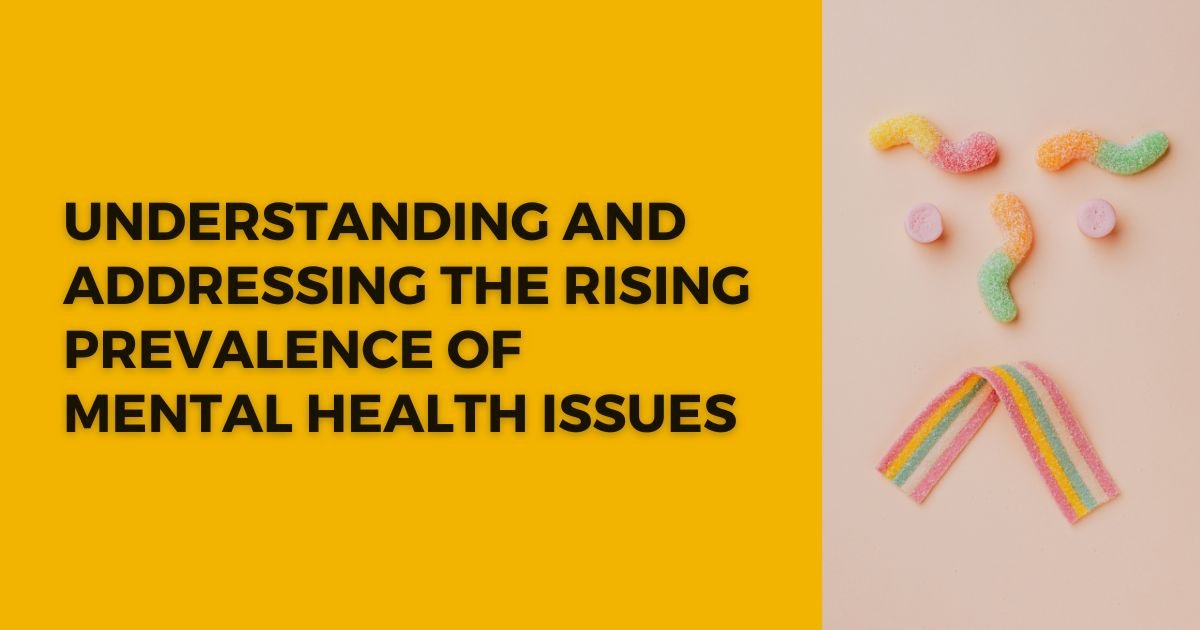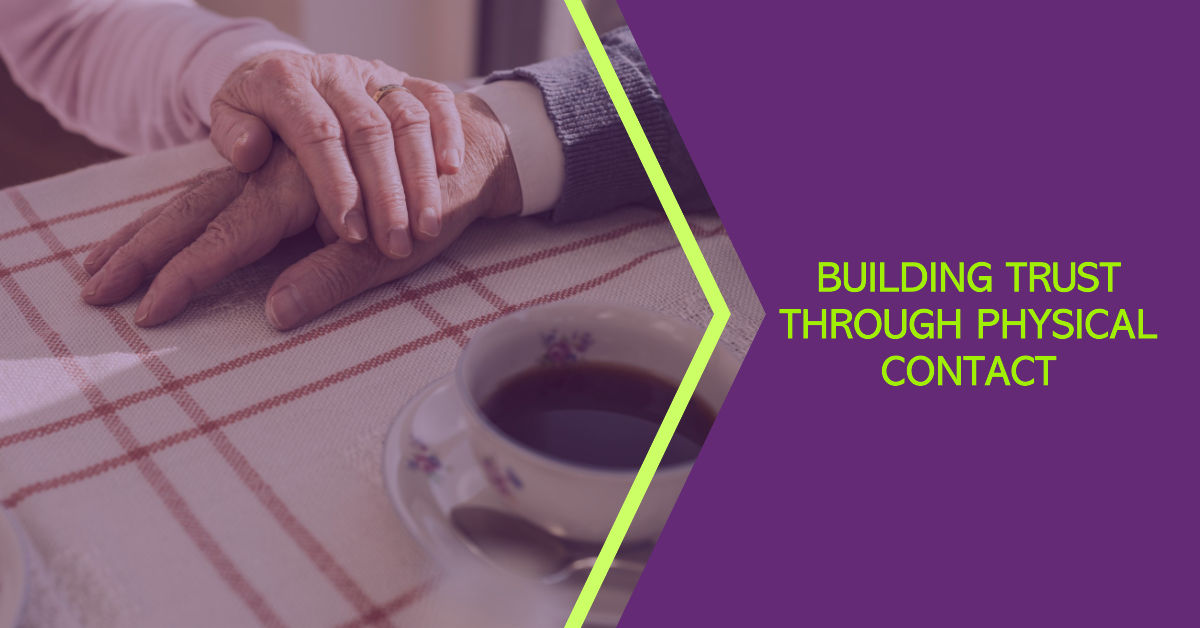In today’s digital age, where virtual interactions dominate our daily lives, building trust through physical contact has become increasingly important. While technology allows us to connect with others remotely, nothing can truly replace the power of physical touch. Whether it’s a warm handshake, a comforting hug, or a reassuring pat on the back, physical contact has the ability to convey emotions and foster trust in ways that words alone cannot. In this article, we will explore the significance of physical contact in building trust and its impact on various aspects of our lives.
Table of Contents
The Power of Physical Contact
Human beings are social creatures by nature, and physical contact is a fundamental aspect of our existence. From the moment we are born, touch plays a vital role in our development, helping us form bonds, communicate emotions, and establish trust. The power of physical contact lies in its ability to create a sense of connection, empathy, and reassurance. It bridges the gap between individuals, fostering understanding and intimacy.
The Science Behind Physical Touch
Scientific research has shown that physical touch releases a hormone called oxytocin, often referred to as the “bonding hormone” or “love hormone.” Oxytocin promotes feelings of trust, reduces stress, and enhances social bonding. When we engage in positive physical contact, such as a friendly handshake, our bodies release oxytocin, reinforcing positive emotions and building trust between individuals.
Building Trust in Personal Relationships
Physical contact is essential for building trust in personal relationships. Whether it’s a romantic partnership, a friendship, or a familial bond, touch conveys love, support, and understanding. Holding hands, embracing, or simply offering a comforting touch during difficult times strengthens the emotional connection and deepens the trust between individuals.
Physical Contact in Professional Settings
Physical contact also plays a crucial role in professional settings. A firm handshake, for example, can leave a lasting impression during a job interview or a business meeting. It conveys confidence, sincerity, and professionalism. Moreover, physical contact in the workplace, such as high fives or pats on the back to celebrate achievements, fosters a positive and collaborative environment, enhancing trust among colleagues.
Cultivating Trust in Business Transactions
In business transactions, physical contact can be a powerful tool for building trust. For instance, a handshake between business partners signifies mutual agreement, commitment, and reliability. Clients and customers also appreciate a personal touch, whether it’s a warm greeting or a friendly gesture, as it instills confidence in the authenticity and integrity of the business.
The Role of Physical Touch in Healthcare
In the healthcare field, physical touch plays a vital role in establishing trust between patients and healthcare providers. A gentle touch can provide comfort and reassurance, alleviating anxiety and building a sense of trust in the medical professional. From a simple hand on the shoulder to a reassuring pat on the hand, physical contact can enhance the healing process and strengthen the patient-provider relationship.
Physical Contact in Educational Environments
Physical contact has its place in educational environments as well. Teachers who employ appropriate physical contact, such as a supportive hug or a reassuring pat on the back, create a nurturing and trusting classroom atmosphere. Physical touch in education can foster student engagement, build rapport, and demonstrate care and support for their well-being.
Overcoming Cultural Differences through Touch
While the importance of physical contact in building trust is universal, cultural differences and norms surrounding touch can vary significantly. It is essential to be sensitive to cultural nuances and respect personal boundaries. However, even within cultural differences, there are often alternative forms of physical contact, such as bowing, that can still convey respect and trust.
Building Trust in Sports and Team Settings
Physical contact is an integral part of sports and team settings. Athletes often rely on physical contact, such as high fives, fist bumps, or huddles, to build camaraderie, motivate each other, and establish trust within the team. These gestures create a sense of unity, cooperation, and shared goals.
Physical Contact in Parent-Child Relationships
Physical contact is vital in parent-child relationships, as it lays the foundation for trust, security, and emotional well-being. From the moment a child is born, gentle touches, cuddles, and hugs foster a deep bond between parent and child. Physical contact communicates love, support, and protection, creating a safe and trusting environment for the child to grow and develop.
Trust-Building Activities that Involve Physical Contact
Various trust-building activities incorporate physical contact to strengthen relationships and foster trust. These activities range from team-building exercises like trust falls and partner exercises to therapeutic practices such as massage or touch therapy. By engaging in these activities, individuals can develop a greater sense of trust, empathy, and understanding.
The Ethics of Physical Touch
While physical touch can be a powerful tool for building trust, it is crucial to consider ethical boundaries and individual preferences. Consent and respect for personal space are paramount. It is essential to be mindful of cultural, professional, and personal contexts when engaging in physical contact, ensuring that it is appropriate, consensual, and respectful.
Nurturing Trust in Virtual Relationships
As virtual interactions become increasingly prevalent, nurturing trust in virtual relationships poses unique challenges. While physical touch may not be possible, other forms of communication, such as active listening, empathetic responses, and virtual gestures, can be utilized to build trust. Cultivating genuine connections and consistent communication are key to fostering trust in virtual relationships.
The Future of Trust and Physical Contact
As technology continues to advance, the future of trust and physical contact may evolve. Virtual reality and haptic feedback technologies have the potential to simulate physical touch, bridging the gap between physical and virtual interactions. However, it is important to recognize that these technologies may not fully replace the authenticity and emotional depth of real physical contact.
Conclusion
Physical contact remains a powerful means of building trust in various aspects of our lives, from personal relationships to professional settings. The warmth of a touch, the embrace of a hug, or the reassurance of a handshake all contribute to establishing connections, fostering empathy, and deepening trust. While virtual interactions have their place, nothing can truly replace the authenticity and emotional impact of physical contact. So, let us embrace the power of touch and recognize its significance in building trust and nurturing meaningful relationships.
FAQs
-
How does physical contact build trust?
Physical contact builds trust by releasing oxytocin, the bonding hormone, which promotes positive emotions and strengthens social connections.
-
Are there cultural differences in the perception of physical touch?
Yes, cultural norms and boundaries regarding physical touch can vary significantly. It is important to be respectful of individual preferences and cultural nuances.
-
Can physical contact be used to build trust in virtual relationships?
While physical touch may not be possible in virtual relationships, other forms of communication, such as active listening and empathetic responses, can be used to build trust.
-
What are some trust-building activities that involve physical contact?
Trust falls, partner exercises, and therapeutic practices like massage or touch therapy are examples of trust-building activities that involve physical contact.
-
How can physical touch benefit healthcare settings?
Physical touch in healthcare settings can provide comfort, alleviate anxiety, and foster trust between patients and healthcare providers, enhancing the overall healing process.
Continue to explore the depths of physical contact and its potential to build trust within your connections. Let the transformative language of touch be your guide to nurturing love, understanding, and unwavering trust.
To delve deeper into the realm of building trust through physical contact, we invite you to explore our collection of articles that offer insights, tips, and guidance. Click here to access a wealth of resources that will help you foster trust, deepen connections, and create lasting, fulfilling relationships.
Remember, the journey of building trust through physical contact is unique to each relationship. Embrace it, cherish it, and watch as the language of touch becomes the cornerstone of the trust-filled connections you cultivate.














Leave a Reply
View Comments